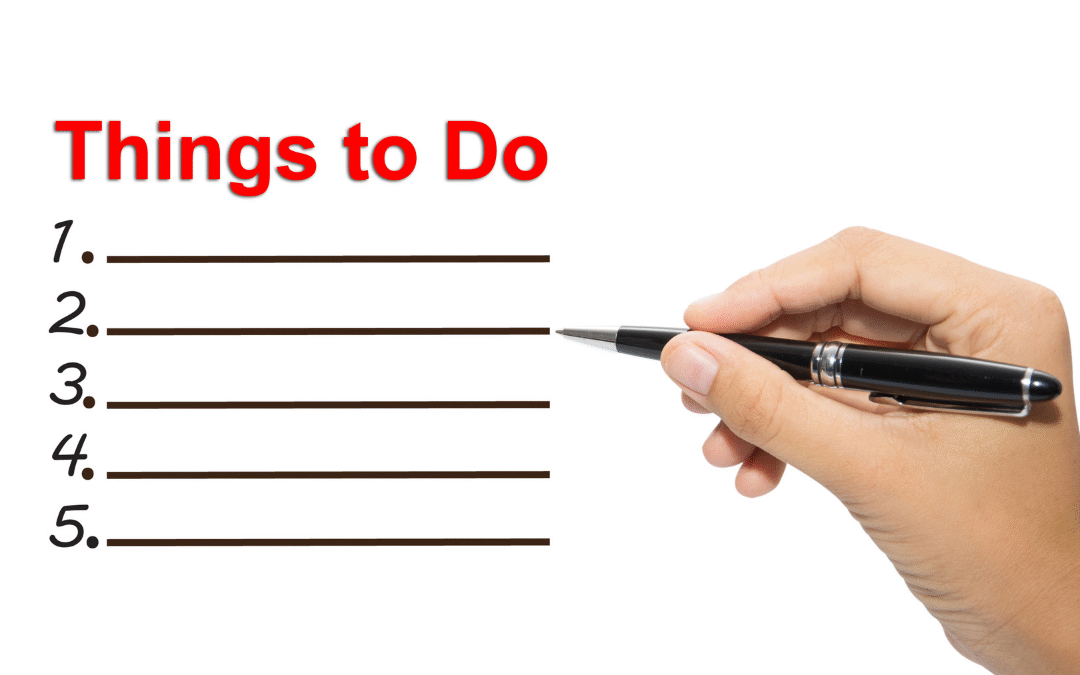With so many talented illustrators out there, it can feel overwhelming to find the perfect match for your book. I know the illustrations can truly bring your story to life, so I’ve gathered some tips and strategies to help you navigate this creative journey. Whether you’re seeking someone for a children’s book, a graphic novel, or a unique project, I’m here to share how you can connect with the right artist who aligns with your vision. Let’s dive in!
Key Takeaways:
- Identify your book’s target audience and artistic style to help narrow down your search for illustrators who align with your vision.
- Utilize online platforms such as Instagram, Behance, and specialized freelance websites to discover a diverse range of talent and portfolios.
- Network within author and illustrator communities, either online or at events, to find recommendations and connections that can lead you to suitable illustrators.
Unlocking the World of Illustrators
Exploring the diverse landscape of illustrators can feel daunting, but a structured approach will simplify your journey. By learning about the various styles and formats illustrators work in, you can discover the right match for your project. From whimsical cartoons to intricate watercolor, understanding what resonates with your vision allows you to communicate your artistic direction more effectively.
Where to Begin Your Search
Starting your search can be as simple as browsing online platforms like Behance, Dribbble, or even social media channels like Instagram. Each platform showcases artists’ portfolios, allowing you to filter by style and medium. Additionally, websites like Upwork or Fiverr offer freelance illustrators across various budgets, making it easier to find someone who fits your needs.
Networking in Creative Circles
Engaging in local art communities or online forums can yield fantastic leads on illustrators. Consider attending art festivals, gallery openings, or writer’s conferences, where you can connect with artists directly. Networking allows you to build relationships, gain insights, and even collaborate on future projects. I often find that personal connections lead to finding hidden gems in the illustration world.
By immersing myself in creative circles, I’ve discovered talented illustrators through casual conversations and built friendships that have turned into fruitful partnerships. Joining artist collectives, attending workshops, or participating in critique groups provides an invaluable opportunity to see different styles while expanding my network. Beyond just finding an illustrator, you become part of a community that actively supports and promotes artistic endeavors, creating an enriching environment for all involved.
Evaluating Artistic Styles
Understanding the various artistic styles can provide a clearer picture of what fits your project best. Each illustrator has a unique style—some are whimsical and colorful, while others lean towards realism or abstract art. Take the time to explore various portfolios and familiarize yourself with different techniques and themes. You might be surprised by which styles resonate with you, influencing the visuals that will accompany your story.
Identifying Your Book’s Visual Language
Your book’s visual language should mirror its themes and tone. Consider elements like the age of your audience, the emotions you want to convey, and the story’s overall atmosphere. I often find that creating a mood board helps to crystallize this concept—comparing literary elements with potential artistic interpretations can reveal the perfect match for your project.
Building a Visual Reference Board
A visual reference board serves as a creative springboard, blending images, colors, and styles that inspire me. I gather illustrations, photographs, and color palettes that evoke the desired mood of my book. This board acts as a visual narrative, guiding discussions with potential illustrators. As you compile images, make sure to note what specifically draws you in—whether it’s the color usage, level of detail, or the overall aesthetic. This clarity helps foster a collaborative environment when working with your chosen illustrator, ultimately resulting in a cohesive final product.
Creating a visual reference board can be a fun and insightful process. Utilize platforms like Pinterest, Instagram, or even a simple digital folder to collect images that speak to your vision. Each item on your board should relate to aspects of your book, such as mood, character design, or setting. By curating a selection that reflects the core essence of your story, I find it becomes easier to communicate my vision to an illustrator, ensuring we are aligned on the artistic direction from the very start. This visual tool is invaluable not just for me, but also for the illustrator to understand the atmosphere and style I envision, making the collaboration more efficient and effective.
Budgeting for Your Book’s Illustrations
Allocating funds for illustrations requires careful planning to ensure you get the best value for your investment. I suggest starting by determining your overall budget for the project, then deciding how much you can reasonably allocate to illustrations based on the complexity and volume of your book’s artwork. This can help you narrow down your options and make informed choices as you begin reaching out to potential illustrators.
Understanding Pricing Structures
Illustration costs can vary significantly based on multiple factors. I’ve found that illustrators may charge hourly rates, flat fees per illustration, or project-based pricing. Hourly rates can range from $25 to $150 or more, depending on the artist’s experience level and expertise. It’s beneficial to directly communicate with illustrators about their pricing structures to avoid any surprises later on.
Finding Balance Between Quality and Cost
Striking a balance between the quality of illustrations and your budget is imperative. While it might be tempting to opt for the lowest price, I’ve learned that this can sometimes compromise the overall feel of your book. Investing in a talented illustrator who aligns with your vision can pay off in higher quality work that resonates with your readers. One approach is to compare portfolios and request samples to evaluate their style and capability within your budget. Consider negotiating with illustrators who may have varying rates or discuss project scope to tailor their offerings to your needs. By doing this, you can often find middle ground that satisfies both the artistic quality and your financial limits.
Building Relationships with Illustrators
Forming strong relationships with illustrators can significantly enhance your book’s visual storytelling. This process relies on open communication, mutual respect, and understanding each other’s creative visions. By nurturing these connections, you can create a collaborative environment that fosters innovation and inspires both you and your illustrator to produce exceptional work together.
Crafting the Perfect Pitch
Your pitch is your first opportunity to make a lasting impression on potential illustrators. Highlight your book’s unique aspects, your artistic vision, and why their style resonates with your project. Be concise yet engaging—this not only informs them about the project but also ignites their passion and interest. Authenticity promotes connection, making you more appealing as a collaborator.
Communication Strategies for Successful Collaboration
Establishing effective communication channels directly influences the success of your partnership. Utilize email updates, collaborative platforms like Trello or Google Docs, and regular video calls to discuss progress, share feedback, and brainstorm solutions. This approach keeps both parties aligned and motivated, transforming the creative process into a seamless experience. Additionally, being receptive to feedback fosters a sense of camaraderie, allowing both you and your illustrator to feel invested in the project’s evolution.
Creating a positive atmosphere during collaboration is vital. Building a schedule for check-ins can help clarify expectations and avoid misunderstandings down the road. I’ve found that dedicating specific times for constructive critique sessions not only strengthens our working relationship but also enhances the illustrations’ quality. Sharing your thoughts openly while encouraging your illustrator to express their ideas creates a safe space for experimentation, fostering creativity that shines through in the final product.
Navigating Contracts and Agreements
Delving into contracts and agreements may seem overwhelming, but understanding the key elements can safeguard your project’s success. As you negotiate terms with an illustrator, clarity and transparency are fundamental. A well-detailed contract not only outlines the scope of work but also sets expectations for deadlines, payment schedules, and rights. Having everything in writing fosters a professional relationship and avoids misunderstandings down the line.
Essential Terms Every Author Should Know
Familiarizing yourself with crucial terms in contracts, such as “scope of work,” “royalties,” and “exclusivity,” is beneficial. These concepts define the responsibilities of both parties and ensure that your rights are protected. For example, specifying the scope of work eliminates ambiguity around the number of illustrations or revisions that might be included in the agreement.
Protecting Your Intellectual Property
Safeguarding your intellectual property is a pivotal aspect of your agreement with an illustrator. Clearly stating who owns the copyright to the artwork ensures that you retain control over how your book is marketed and distributed. It’s wise to include terms that protect your work from unauthorized reproduction or alterations, and the agreement should outline how credits are assigned to both parties, securing your rights as the author.
Expanding on the idea of protecting intellectual property, I make it a point to include specific clauses in contracts that disallow the illustrator from using the same artwork for other projects or in their portfolio without my explicit permission. This aspect is particularly important if you’re working on a series, as you want a cohesive look that ties each book together. Additionally, always consult with legal experts to ensure the agreement adheres to copyright laws, as this protects not only your investment but also your creative vision.
Conclusion
Considering all points, finding the right illustrator for your book can be an enjoyable and rewarding journey. With the right approach, whether you explore online platforms, network within your community, or reach out through social media, I believe you can discover the perfect match for your vision. Trust your instincts, communicate your ideas clearly, and don’t hesitate to collaborate actively. Your story deserves to be brought to life with beautiful illustrations, so take your time and enjoy the process of finding the ideal illustrator for your project!
FAQ
Q: What are the best platforms to find illustrators for my book?
A: There are several excellent platforms where you can find illustrators for your book. Websites like Behance, Dribbble, and ArtStation showcase the portfolios of numerous artists across various styles. Freelance platforms such as Upwork and Fiverr allow you to post your project details and receive proposals from illustrators. Additionally, social media platforms like Instagram and LinkedIn can help you discover illustrators by searching relevant hashtags and connecting with professionals in the field.
Q: How do I assess whether an illustrator is a good fit for my book?
A: To assess if an illustrator aligns with your book’s vision, examine their portfolio to see if their style matches your expectations. Take note of their previous work related to your genre—illustrators often have specific niches. It’s also beneficial to read reviews or testimonials from past clients to gauge their professionalism and communication skills. Consider reaching out to the illustrator with a brief project description and ask about their inspiration process to see if their artistic approach resonates with your project.
Q: What should I prepare before contacting illustrators for my book project?
A: Before reaching out to illustrators, prepare a detailed brief that outlines the scope of your project. Include information such as the target audience, stylistic preferences, and any specific elements or themes that need to be illustrated. Additionally, it’s helpful to have a budget in mind, as this can influence the illustrators you reach out to. Sharing reference images or examples of work you admire can also aid in communication, ensuring you and the illustrator are on the same page regarding expectations.







